Tan Son is the center of the late-ripening lychee production area. Local people here exploit the geological factors and different weather conditions while applying intensive farming techniques, so the quality of lychee is constantly improved. Like every year, with diligent care for the plants, people in the commune hope for a good lychee crop and good price.
Hard work "lessens" with the selling price!
From 6 to 10 am, carts loaded with heavy baskets of lychee from all directions head to Tan Son market. The atmosphere of buying is bustling. Ms. Vi Thi Hoa in Ha village and some workers used all their strength to lift the baskets of lychee down from the cart and said: "Last year, lychee had a high price, at times up to 70 thousand VND/kg, but my family had a bad harvest. This year, the harvest was good, every tree has a lot of fruit, but the price is not as high as last year. A few days ago, it was about 10 thousand VND/kg, but this morning it has increased, with beautiful fruit, all grown according to VietGAP standards, it is sold for 15 thousand VND/kg. Hopefully, the price will increase in the coming days." The saying seems to encapsulate the mood of many Tan Son lychee growers, who have worked hard all year to care for and cultivate, just hoping for a few short days to sell at a high price, especially when the supply has decreased a lot. For people in the highlands, lychee is a livelihood, a "gift from heaven" that takes root in the barren hilly land.
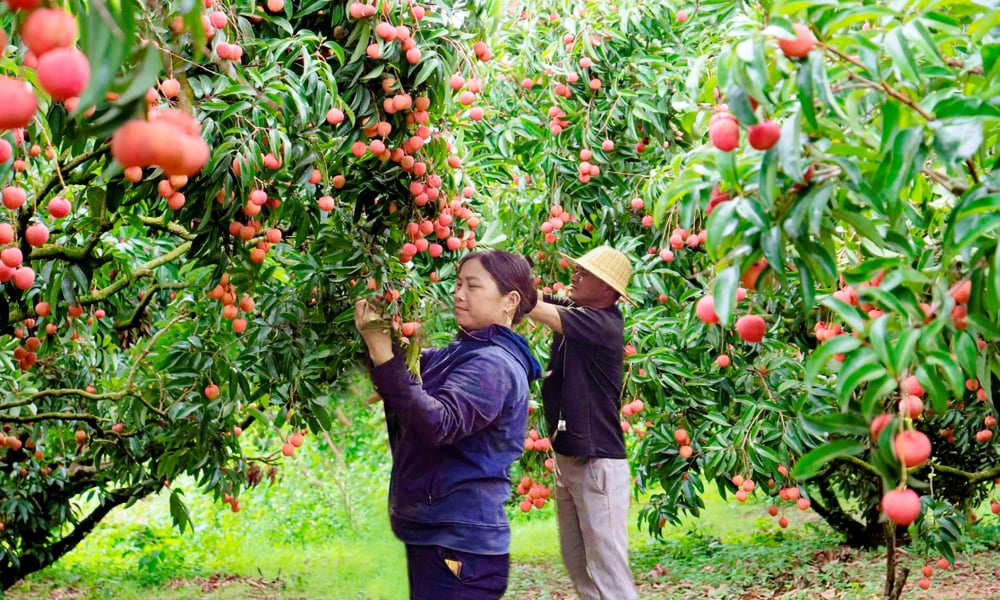 |
Vi Thi Ben and her husband, Thac Luoi village, harvest lychee. |
Starting from mid-July, Tan Son market attracts many traders from Lao Cai province, Hai Phong city, Hanoi city... to come and weigh lychees. For about 2-3 hours in the morning, the market is very crowded with people, trucks carrying goods back and forth, so the whole road leading to the market is bright red with ripe lychees and is often congested. The lychee market only sells wholesale by truck (or basket), so retail customers often go to the gardens.
From Tan Son market, we followed the village chief Bac Hoa Vi Van Cheo to the local gardens. Along the hillside, groups of people were busy picking lychees, everyone was sweating profusely, their faces red from the heat. When they saw the vehicles coming back, people shouted: "How much are the lychees selling for today?". Hearing that the price today was higher than the day before, everyone urged each other to hurry up and pick them, tying them into bundles of 3-4 kg. After the lychees were placed in baskets, strong men used their strength to carry each heavy basket down the hill, put them on the vehicles to bring them to the market before the downpour came.
In the house anchored at the peak of the ancient village of Bac Hoa, Mrs. Luong Thi Loan (64 years old), a Nung ethnic, was taking care of her three grandchildren while looking towards the foot of the hill. Although the rice crop was still piled up under the eaves, she told her son and daughter-in-law to quickly go into the garden to pick lychees when she had an appointment with a trader. “It has been raining a lot these past few days, so the price of lychees is not certain to increase. If the fruit rots or falls, all the effort of taking care of them all year will be lost. Having called a buyer at the garden, I urged the couple to sell early. In the new school year, the money earned from the lychee crop will be used to buy books and clothes for the children to go to school.”
The lychee ripening season becomes the most vibrant, interested and anticipated season of the year in Tan Son. An urgent, bustling atmosphere permeates every roof, every small hamlet, and every farmer's face. The harvest takes place from midnight to morning, although it is hard work, everyone still perseveres in their hilly gardens, cherishing the lychee trees.
When harvesting lychees, people face risks such as falling from climbing tall trees; being bitten by mosquitoes and insects. However, under seasonal pressure, every family must arrange manpower or hire more people to quickly harvest each garden, and at the same time have plans to provide labor protection. Everyone hopes to sell at a high price to compensate for the hardships they have experienced. Vi Thi Ben and her husband in Thac Luoi village said: "The price goes up and down only a few hours apart, so we have to mobilize more manpower to focus on harvesting. If we miss the shipment, they will sell it very cheaply after weighing it. This year, the lychees have a lot of fruit but the price is too unstable! We can only hope that from now until the end of the season, consumption will be favorable." Ben's family has more than 1 hectare of late lychees, with an estimated yield of 16 tons, and a selling price ranging from 10,000 to 20,000 VND/kg.
Expand output
Late-ripening lychees in Tan Son have a rich sweetness, bright red color, thick flesh crystallized from the geology and climate of the highlands, which are rarely found in other places. The quality and appearance are different from lychee varieties grown in lowland areas. However, most of the products are purchased by traders and then sold at retail in traditional markets; not much is processed. The whole Tan Son commune has more than 700 hectares of lychee, with an output of about 8,000 tons, and by the end of July, the locality had harvested more than half. On average, the price of end-of-season products this year is not as high as last year, but gardens cultivated according to VietGAP processes still have good prices; each household earns approximately 40% profit if it does not incur additional labor costs in the planting and care stages.
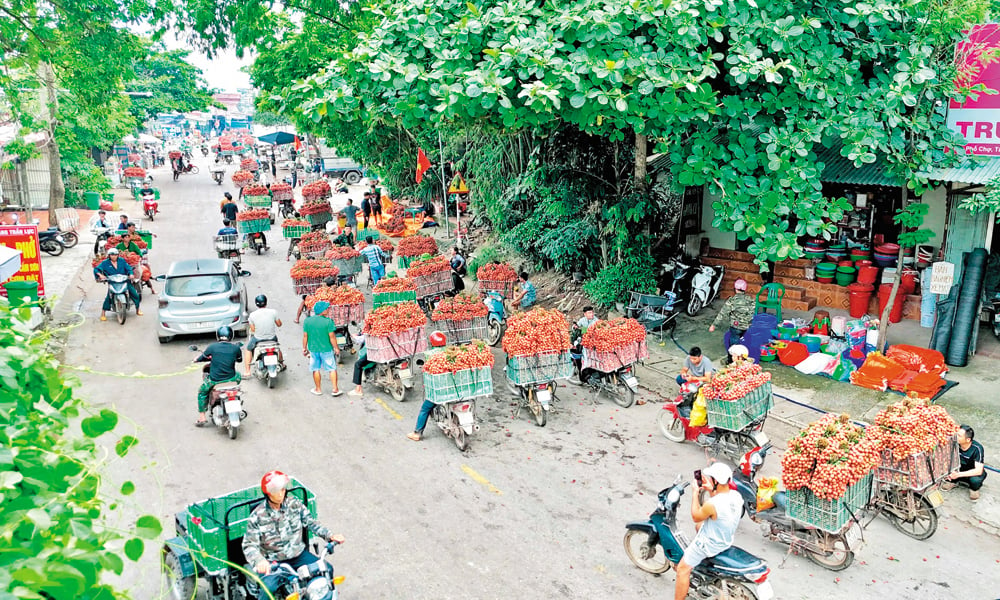 |
Tan Son people sell late fabric. |
In recent times, Tan Son commune authorities have actively coordinated with specialized agencies to guide people to apply VietGAP procedures and convert to high-quality late-ripening lychee varieties. Thanks to this, the commune has formed an area of more than 400 hectares of lychee growing according to VietGAP standards. Of which, 20 growing area codes are eligible for export to China, Thailand, Japan, Australia and the US... and are put into collective kitchens, businesses and supermarkets. Production teams have been established in the area to increase the ability to link along the chain and increase the value of lychee.
In Thac Luoi village, the lychee production team led by Mr. Chu Van Pho has 66 households participating, with 65 hectares of lychee grown according to VietGAP standards. Mr. Pho said: “People follow the care process, from the flowering stage, to the stage of fruiting, all are meticulously recorded in books. VietGAP lychees have superior quality, traders buy the entire garden. We also guide families with beautiful gardens to renovate the space, arrange miniature landscape areas to welcome tourists to visit, take photos to promote the product. With this new approach, recently, a few households have increased their income.” Mr. Pho also conducts many livestream sessions at the lychee garden every day, revenue from online sales accounts for 20%, the selling price is up to 50% higher than direct sales. He contacts many shipping sources to bring customers the best lychee bunches.
Despite the many advantages in quality, according to Tan Son commune authorities, the output of lychee here still faces many difficulties. Because the area of late-ripening lychee is only concentrated in the commune, the output is not large, making it difficult to collect enough quantity for export. Meanwhile, most businesses focus on purchasing during the main season. Therefore, late-ripening lychee growers have to depend on small buyers and sellers, and the output of the product is not stable.
Chairman of Tan Son Commune People's Committee Vi Van An said: "In the coming time, the commune will coordinate with functional agencies to strengthen the connection between growers, cooperatives and businesses. Continue to guide people to expand the area of lychee growing according to VietGAP and GlobalGAP standards to improve productivity, quality and product value. The commune is promoting products through e-commerce platforms, connecting domestic and export markets." To make the late-ripening lychee crops "sweeter", increase economic efficiency, and spread local values, it is necessary to have more specific and breakthrough policies from planting area planning, application of science and technology in production, harvesting and consumption; thereby solving the output problem for Tan Son late-ripening lychees in particular and Bac Ninh agricultural products in general.
Source: https://baobacninhtv.vn/de-vai-chin-muon-tan-son-them-ngot--postid422276.bbg







![[Photo] Urgently help people soon have a place to live and stabilize their lives](/_next/image?url=https%3A%2F%2Fvphoto.vietnam.vn%2Fthumb%2F1200x675%2Fvietnam%2Fresource%2FIMAGE%2F2025%2F12%2F09%2F1765248230297_c-jpg.webp&w=3840&q=75)


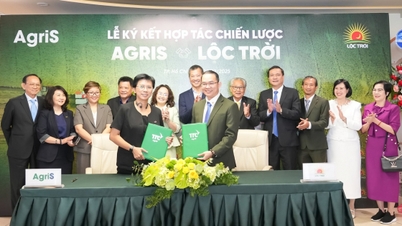


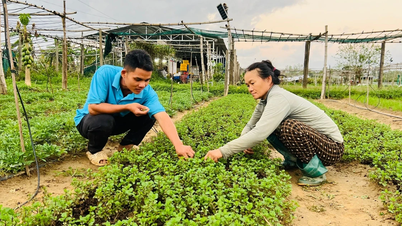



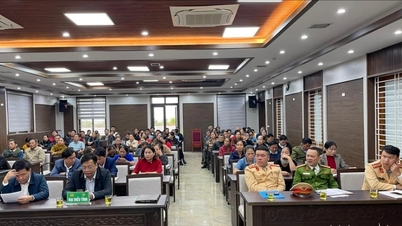



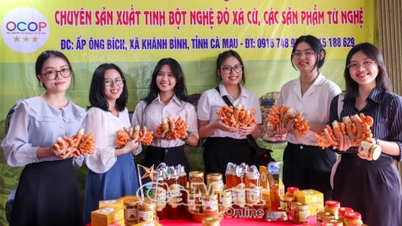

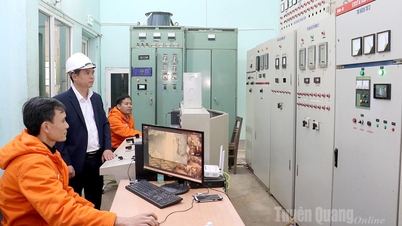

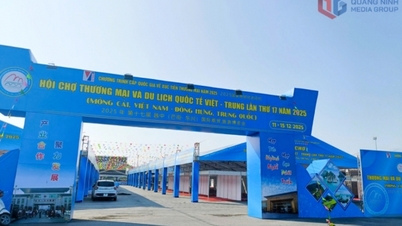

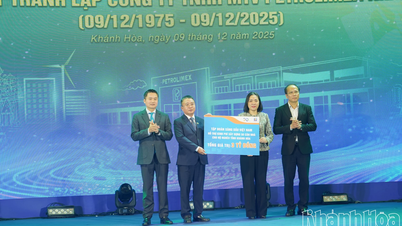








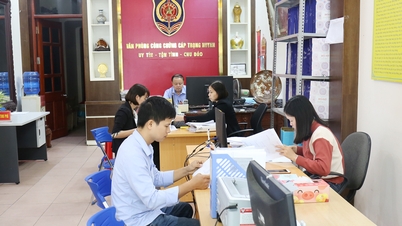
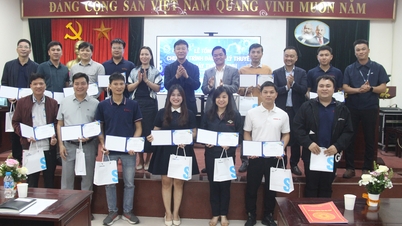
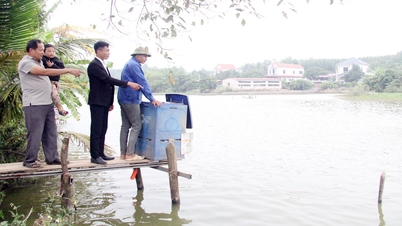
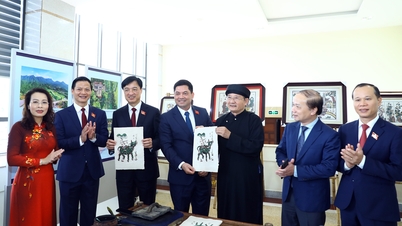
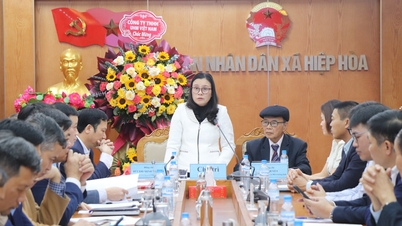



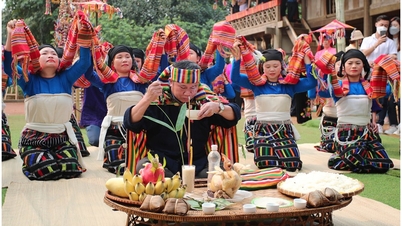

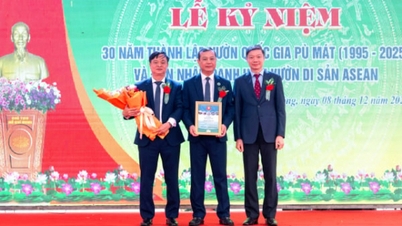


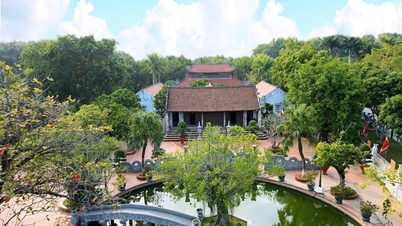
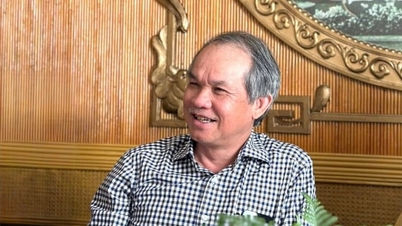


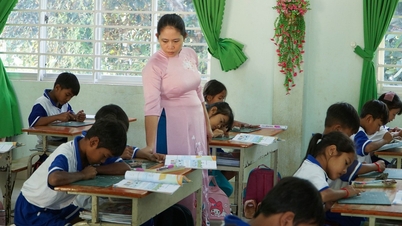

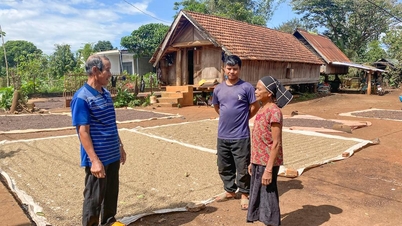



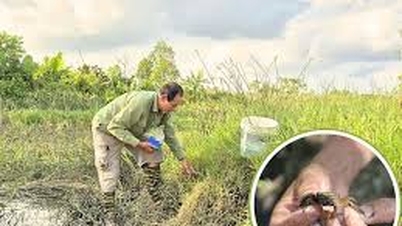



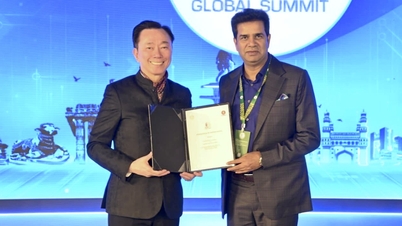






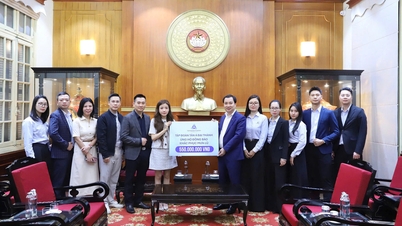















![[Photo] General Secretary To Lam works with the Standing Committees of the 14th Party Congress Subcommittees](https://vphoto.vietnam.vn/thumb/402x226/vietnam/resource/IMAGE/2025/12/09/1765265023554_image.jpeg)







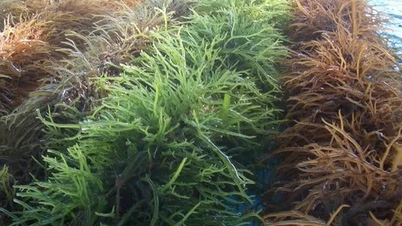
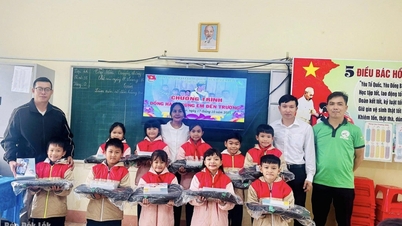
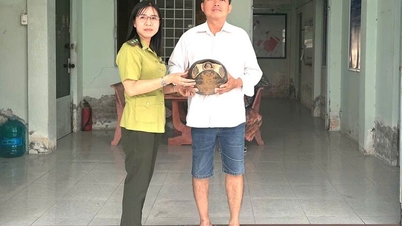





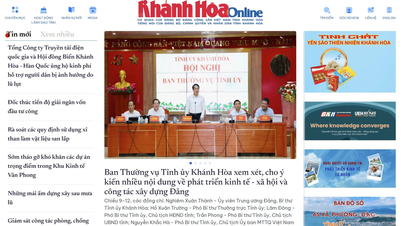
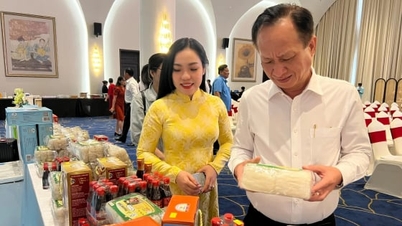









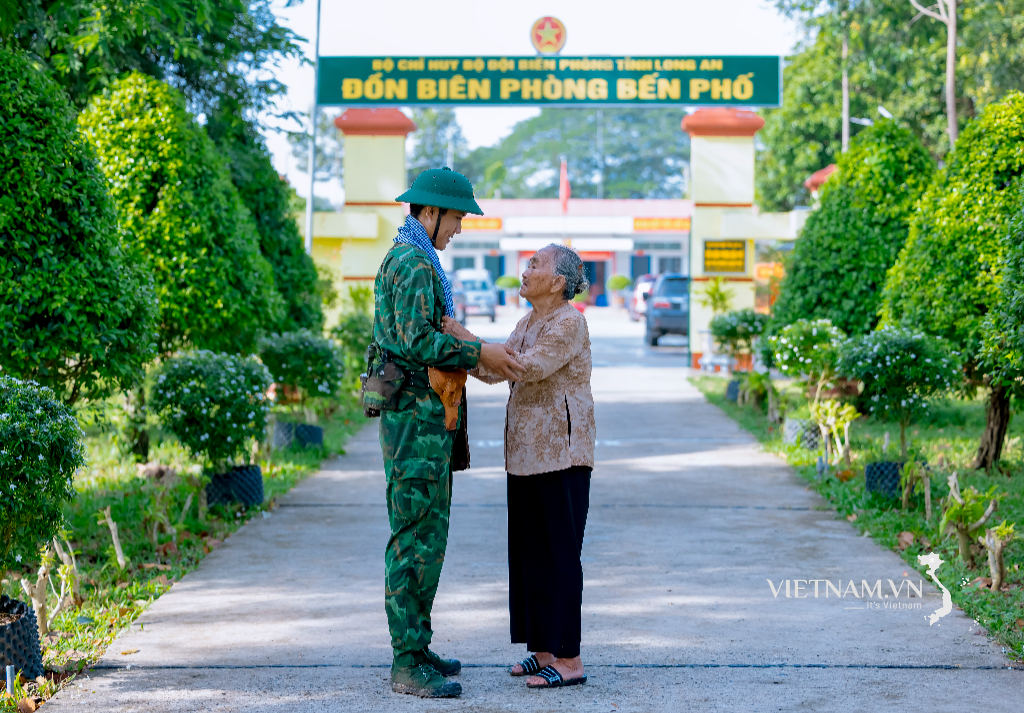
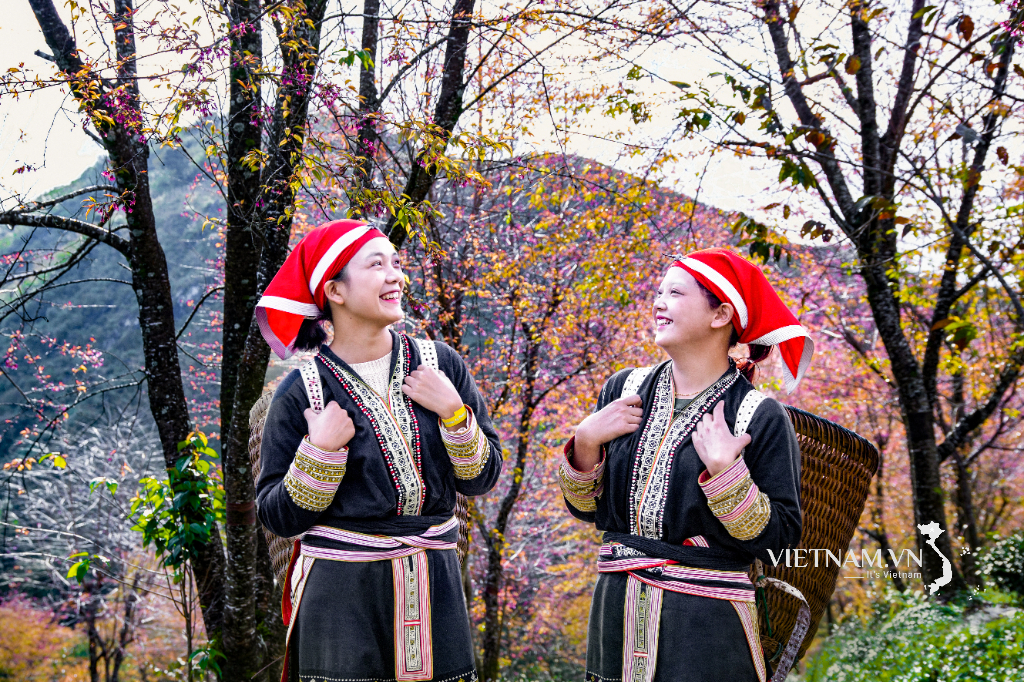




Comment (0)